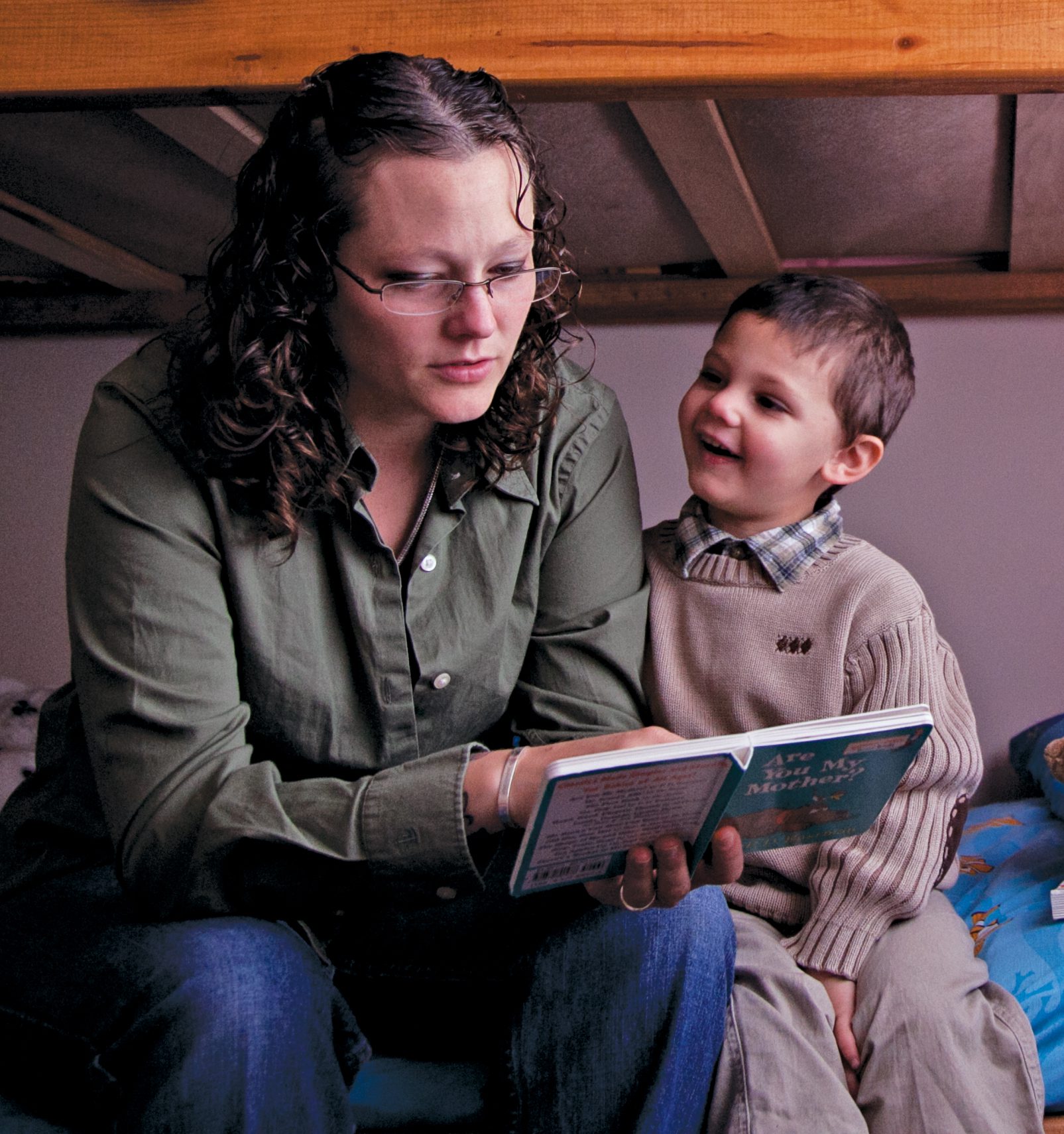By Cynthia Woodside, Bread for the World Institute
The mention of April 15 evokes a range of emotions among Americans, many less than positive. But it means a welcome tax refund for working families who benefit from the Earned Income Tax Credit (EITC) and Child Tax Credit (CTC). Congress passed legislation in December 2015 that makes recent improvements in the credits, which benefit low-income workers, permanent. Currently, low-income is defined as individual workers whose incomes are less than $15,000 a year, or couples who earn less than $20,000. These income levels are near the federal poverty line.
Together, the EITC and the CTC prevent more people from living in poverty than any other federal program except Social Security. If Congress had not acted, the improvements would have expired in 2017. They include maintaining a $3,000 threshold for eligibility for the CTC, reducing the EITC marriage penalty, and raising the EITC for families with more than two children. In 2018, the improved benefits will lift an estimated16 million people – including up to 8 million children – closer to or above the poverty line. These working families will include, for example, about 1 million military and veteran families, 2.6 million rural families, and 6 million millennial workers ages 18-34. In all, up to 50 million Americans will benefit, including 25 million children.
Helping Workers Stretch Their Paychecks
The EITC and CTC encourage and reward work. As a worker’s earnings grow, so do her EITC credits, up to a ceiling that depends on family composition. For example, in tax year 2015, the maximum benefit for households with one child is $3,359.
A highly regarded study found that the EITC was the most significant factor behind the increase in employment among low-income single mothers following passage of the 1996 welfare law – more significant than either the strong economy at that time or the new law’s time limits and work requirements. That finding should not come as a surprise. People find value in work even if it is not well paid. Kathy Edin and Luke Shaefer, authors of $2 a Day, found that individuals living in extreme poverty identify themselves as workers much as others do, often making tremendous efforts to support their families through work and contribute to their communities in other ways.
Families most often use their EITC tax credits to pay for basic necessities, make home repairs, and maintain a vehicle to get to work. Additional education or training to boost workers’ employability and earning power are other popular investments. Much of the money, spent within a short time, also serves to boost the local economy.
Because poverty damages people’s health and ability to focus on school and work, it is not surprising that claiming the EITC has been shown to improve the health of new mothers and reduce the number of infants with low birth weights. It also is linked to higher reading and math test scores of children. In addition, the tax credits have been shown help families save for the future. Low-wage workers are vulnerable – an unexpected car repair or medical bill can force them back into poverty. Building even a small cash reserve for emergencies is a step toward greater financial stability.
Increasing the Impact of the EITC and CTC
To meet the Sustainable Development Goals (SDGs) of ending hunger and poverty by 2030, it’s essential to prevent even more families from falling below the poverty line. Polices that enable workers to save are one way to do this and the EITC and CTC can help.
To ensure the best outcomes of the EITC/CTC, we first need to make sure every eligible family receives the credits. Currently one in five families are not receiving the credits they qualify for. We need to reach these families.
Second, we need to focus on low-wage workers who don’t benefit from the EITC under current rules – for example, non-custodial parents and adults who don’t have children. Together, people who don’t qualify at all and people whose credits are not enough to offset their income and payroll taxes add up to more than 8 million low-wage workers. They are the only group in the United States that our federal tax system taxes into poverty or deeper into poverty.
There is bipartisan support for proposals that would reach people in this group – including lowering the minimum age for filing for the EITC from 25 to 21, raising the current benefit level from $500 to at least $1,000, and increasing the annual income limit from the current $15,000 per individual and $20,000 per couple. These changes could potentially be particularly helpful to younger people with less education who are struggling in the low-wage labor market.
Third, the EITC and CTC need to be complemented by an increased minimum wage. Far too many Americans are working full-time, year-round, but living in poverty. The minimum wage is much lower in real terms than it used to be, which means that minimum-wage workers and their families can afford to buy a lot less than they could in the past. Our country’s minimum wage workers are also falling further behind other workers – in economic terms, they are earning a lower percentage of the median worker’s wage than they used to.
There is a general consensus that people who work full time should not be forced to live in poverty. The EITC and CTC help, but so does paying taxes to support additional types of assistance, like the Supplemental Nutrition Assistance Program (SNAP). So we all can celebrate April 15 – both those who receive the EITC and the CTC and others who pay taxes to help meet our shared goals of providing everyone an equal opportunity.
Cynthia Woodside is a senior domestic policy analyst at Bread for the World Institute.



